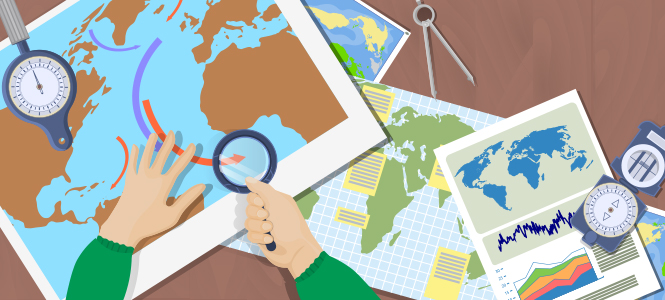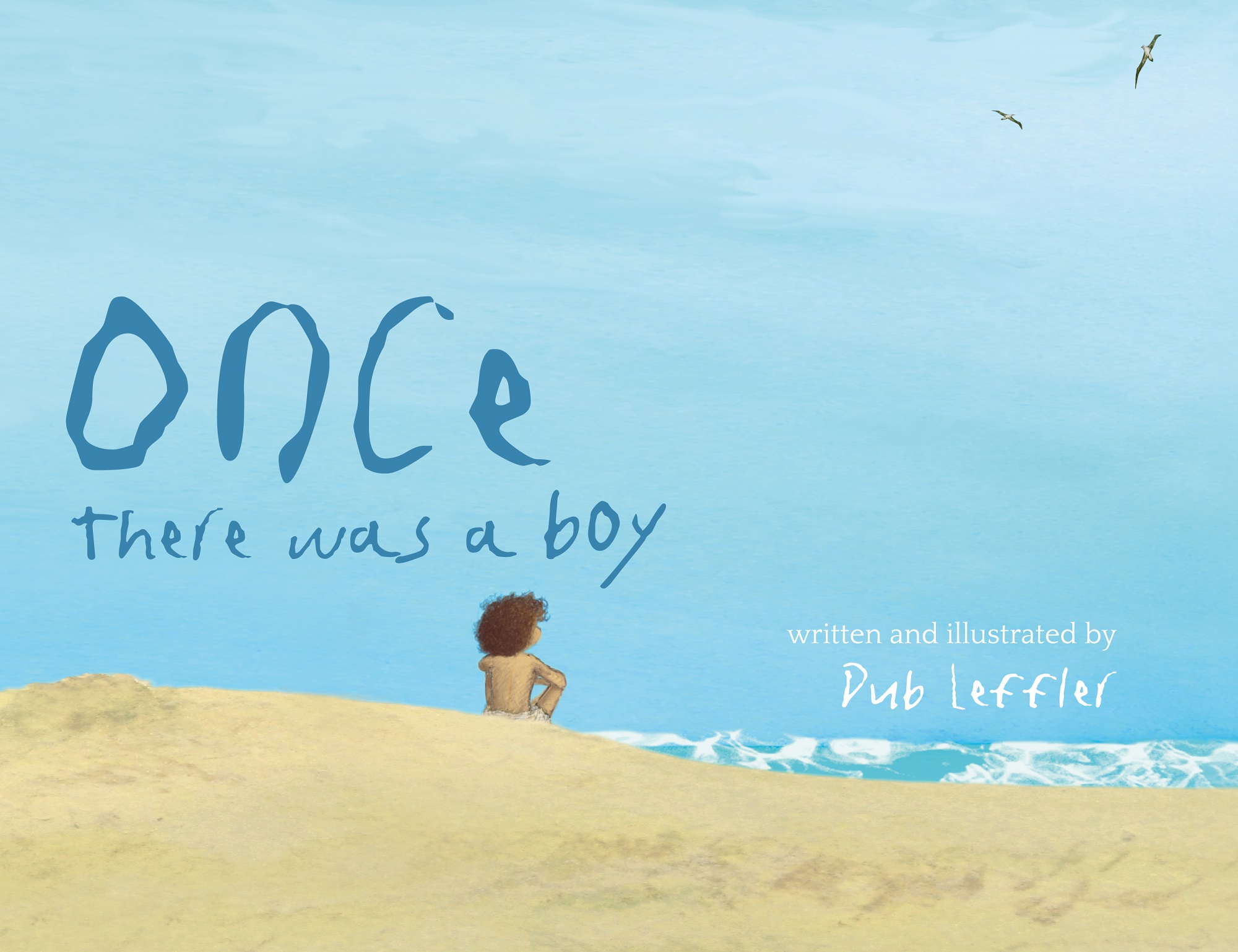On 27 March, 2018, Wendy Bean presented at the CBCA NSW annual conference on the ways teachers can connect Geography and Literacy in their teaching. The theme of the conference was Connecting Geography and Literacy: finding the treasure in story. This is an edited version of Wendy’s presentation.
The Australian Curriculum: Geography aims to ensure students develop:
- a sense of wonder, curiosity and respect about places, people, cultures and environments throughout the world,
- a deep geographical knowledge of their own locality, Australia, the Asia region and the world,
- the ability to think geographically, using geographical concepts,
- the capacity to be competent, critical and creative users of geographical inquiry methods and skills,
- as informed, responsible and active citizens who can contribute to the development of an environmentally and economically sustainable, and socially just world.
These aims can be achieved through a variety of texts – I will take you through six books by Indigenous creators that you can use in your classroom.
Our Indigenous people were of course the first storytellers. The picture books by Dick Roughsey and Percy Trezise, beginning with The Giant Devil-Dingo in 1973, opened our eyes to the power of Indigenous storytelling.
However, Indigenous literature has been often difficult to find. ALEA was thrilled to have the opportunity to assist in showcasing contemporary Indigenous writers through a Copyright Agency Cultural Fund grant to Magabala Books, that allowed us to create 15 full units of work to accompany Indigenous texts.
These books resonate with children (and us) because they are surprising and engaging, written by superb storytellers and brought to life by talented illustrators.
Yirruwa Yirrilikenuma-langwa/ When We Go Walkabout by Rhoda and Alfred Lalara
Curiosity about environments…
When We Go Walkabout is a perfect example of a text that engages with Geography. The beautiful illustrations link to the landscape of the island in which the story is set, Groote Island. The Reading Australia unit leads students through a variety of teaching and learning activities exploring not only the text and illustrations but also the setting, deepening knowledge of this land. For the purposes of linking to the Australian Curriculum all the notes on Reading Australia are written for a particular year level – this one is for Year 1. But clearly this, like most of the texts, could be used across the primary years.
The Girl from the Great Sandy Desert by Jukuna Mona Chuguna and Pat Lowe
Respect for places, peoples and cultures…
A beautifully written and important collection of stories. Each story is accompanied by cultural information and wonderful illustrations by Mervyn Street. It tells of the homelands of the Walmajarri people, a country without borders and defined by the waterholes. The stories are retold in third person and characters are given different names as some people in the stories are no longer living. The place names were not changed. This is an important book not only because of connections to geography but to history as we start to better understand how the history of Aboriginal people is very different in one part of the country to another.
Once There Was A Boy by Dub Leffler
A sense of wonder and curiosity…
The whimsical story of a little boy with a broken heart who meets a young girl who shares his secret. This timeless and elegant tale is transformed into a wonderful grown-up story through subtle analogies, such as the use of sapotes as forbidden fruit with so much of the story told by the extraordinary illustrations.
Tjarany Roughtail by Gracie Greene, Lucille Gill and Joe Tramacchi
Respect about places, people, cultures and environments…
These stories bring together the distant past and the living present set in the Kimberly region of Western Australia. Children will be transported to these places through the words and artwork. This beautiful book, includes magnificent paintings, maps, kinship diagrams, exercises and language notes. The Dreaming stories are told in English and Kukatja, and are accompanied by art from various Indigenous artists.
This book is accompanied by excellent notes for Year 6 but it could equally be enjoyed as a read aloud in the early years.
Our World: Bardi Jaawi Life at Ardiyooloon by One Arm Point School
Respect about places, people, cultures and environments throughout the world…
Ardiyooloon is home to the Bardi Jaawi people and sits at the end of a red dirt road at the top of the Dampier Peninsula, 200 km north of Broome in the Kimberley region of Western Australia. This vibrant book is bursting with life and activity and takes readers inside the lives of the children of a remote Indigenous community. The reader learns about the activities enjoyed including fishing and bush food and so much more.
Fog A Dox by Bruce Pascoe
A sense of wonder, curiosity and respect about places, people, cultures and environments throughout the world…
Courage, acceptance, respect – these are some of the themes of Fog a Dox. With a gentle storytelling style and finely crafted dialogue, Indigenous cultural knowledge and awareness are seamlessly integrated into the narrative. This book is about difference, history, culture and country. The interconnecting stories of many kinds of love and friendship are some of the treasures students will find in this text.
Conclusion
All these books add something very important to the quality literature that abounds in Australia. I hope many children will have the opportunity to find the treasure in these stories as the treasures are abundant!
References
- Australian Curriculum, Assessment and Reporting Authority. (2018a). Australian Curriculum: Cross-curriculum priorities. Retrieved from https://www.australiancurriculum.edu.au/f-10-curriculum/cross-curriculum-priorities/
- Australian Curriculum, Assessment and Reporting Authority. (2018b). Australian Curriculum: English. Retrieved from https://www.australiancurriculum.edu.au/f-10-curriculum/english/
- Australian Curriculum, Assessment and Reporting Authority. (2018c). Australian Curriculum: General capabilities. Retrieved from https://www.australiancurriculum.edu.au/f-10-curriculum/general-capabilities/
- Clark, S. (2017, March 13). Edie Wright of Magabala Books discusses bringing Indigenous stories into the classroom [AU. books and prose interviews]. Retrieved from http://arts.theaureview.com/interviews/edie-wright-of-magabala-books-discusses-bringing-indigenous-stories-into-the-classroom/
- Magabala Books. (2018). Welcome to Magabala Books [Website]. Retrieved from https://www.magabala.com/
- NSW Education Standards Authority. (2012). NSW English K–10 Syllabus. Retrieved from https://syllabus.nesa.nsw.edu.au/english/
- Reading Australia. (2018). About [Website]. Retrieved from https://readingaustralia.com.au/about/
- Readings. (2017, February 13). An interview with Edie Wright of Magabala Books [Blog]. Retrieved from https://www.readings.com.au/news/an-interview-with-edie-wright-of-magabala-books







